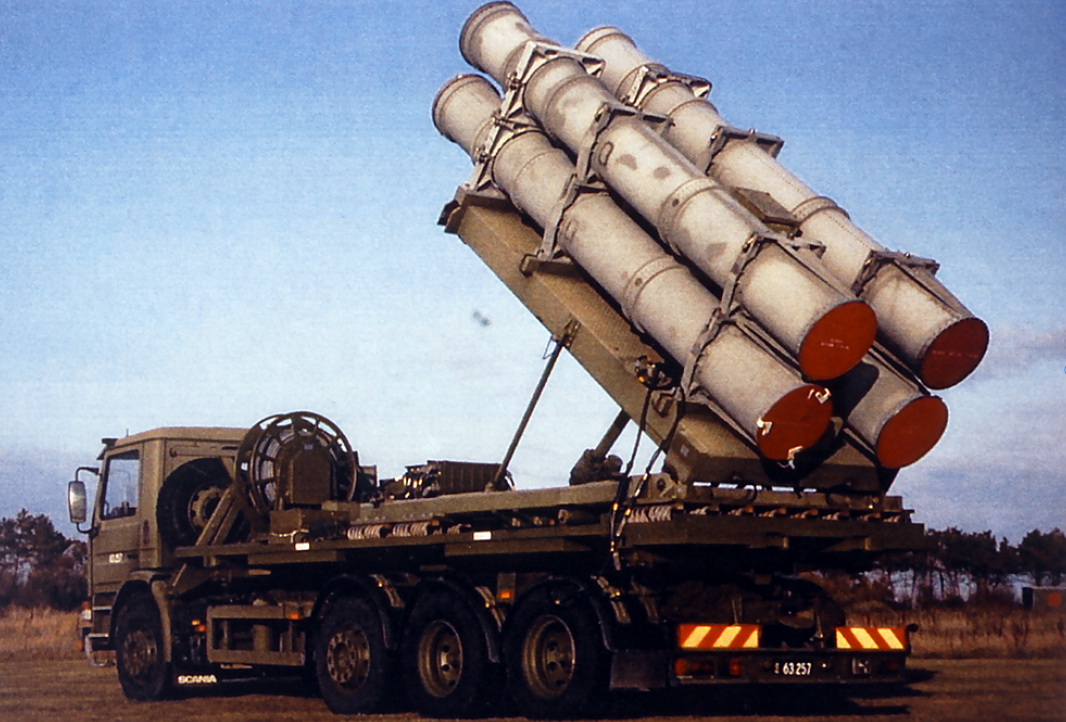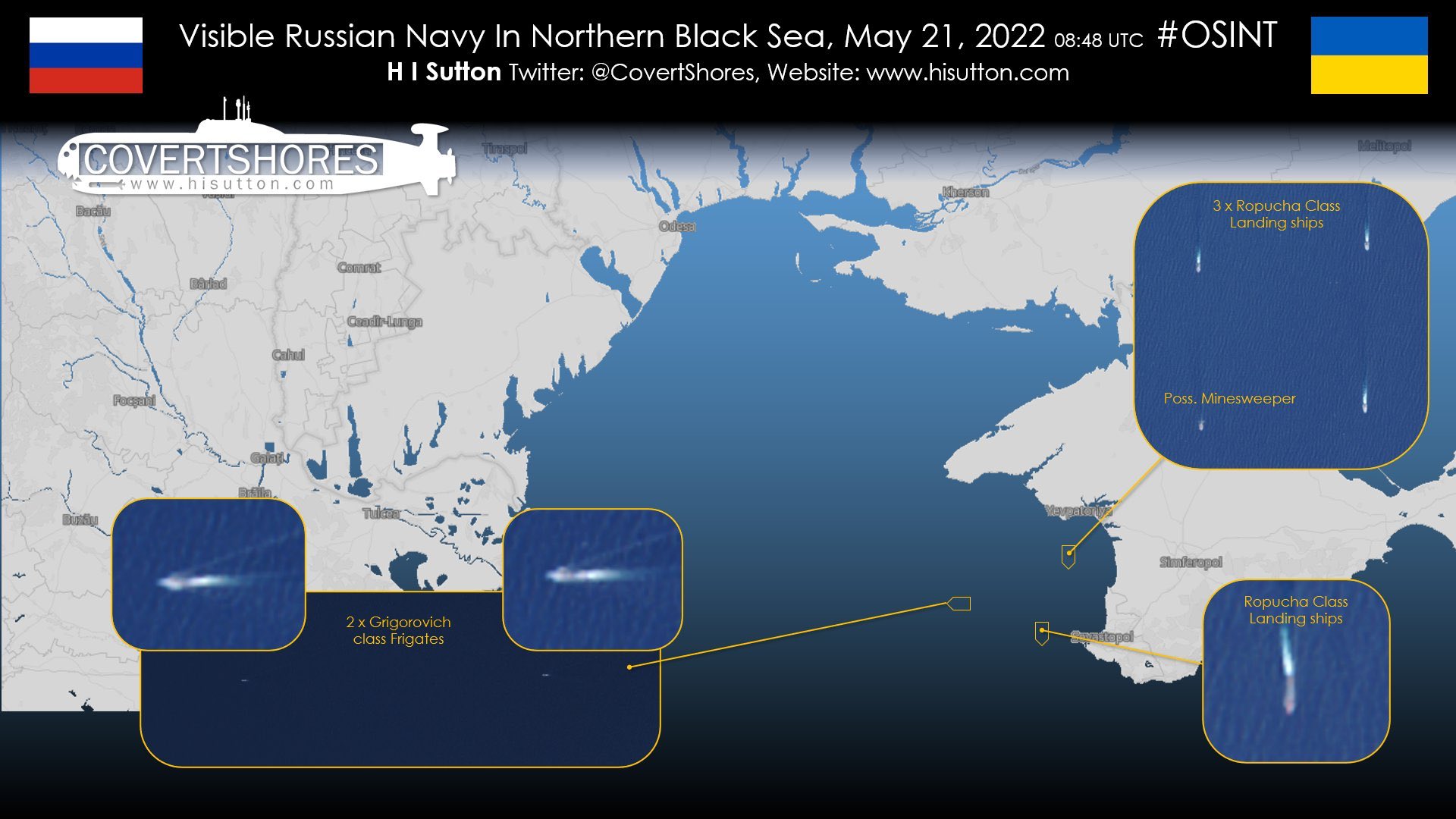
The Danish Armed Forces are sending long-range anti-ship missiles to Ukraine, U.S. Secretary of Defense Lloyd Austin told reporters on Monday. The range of Denmark’s coastal defense Harpoons could put Russian ships at risk in the Northern Black Sea, a naval analyst told USNI News.
“I’m especially grateful to Denmark, which announced today that it will provide a Harpoon launcher and missiles to help Ukraine defend its coast,” Austin said in prepared remarks at the Pentagon following a meeting with an international coalition and Ukraine defense officials.
While Austin did not specify the type of Harpoon, the Danish military’s coastal anti-ship missile batteries field RGM-84L-4 Harpoon Block IIs that are capable of not only hitting ships at sea, but also targets in port and on land with an upgrade from the Boeing Advanced Harpoon Weapon Control System.
“This expands Harpoon’s capability to attack coastal, in harbor and land targets such as shore defense sites, [surface to air missile] sites, exposed aircraft, port/industrial facilities and ships in port,” reads a 1999 press release from Boeing on the sale of the system to the Danish Naval Material Command.
Depending on where Ukrainian forces base the coastal battery, the missiles could extend the range Ukrainian Navy could target the Russian Navy’s Black Sea ships, open-source naval analyst and retired Navy Capt. Chris Carlson told USNI News on Monday.

Ukrainian forces have been requesting Harpoons as they seek to break the blockade of Odesa’s port and the ongoing harassment from sea-based missiles, USNI News understands.
“This blockade has cut off Ukraine’s access to the Black Sea, halting Ukrainian grain exports, choking the country’s main export industry and driving global food prices to record highs,” wrote Tayfun Ozberk for Naval News on Sunday.
“If Ukraine would be able to establish an [anti-access area denial] in this area with land-based anti-ship missiles and conduct successful engagements against Russian naval forces entering the A2/ AD zone, the Russian blockade would likely end and transportation corridors would be opened.”
The missiles could also threaten the logistics hub for the Black Sea Fleet in Sevastopol, making it more difficult for Russia to rearm after missile strikes on land targets in Ukraine.
After early successes in the Black Sea at the start of the war with Ukraine, the effect of the Russian Navy has largely been blunted now. Russian amphibious forces have been unable to land troops near Odesa. Early in the war, thousands of Russian forces landed near Mariupol.
Naval activity off the coast of Odesa has decreased since Ukraine in April fired two Neptune anti-ship missiles – a domestically produced Harpoon copy – and sank Russia’s Black Sea flagship RTS Moskva (121).
Austin’s announcement follows a Reuters report last week that the White House has been working for weeks to get Ukraine not only Harpoons but also the Norwegian-made Naval Strike Missile.





